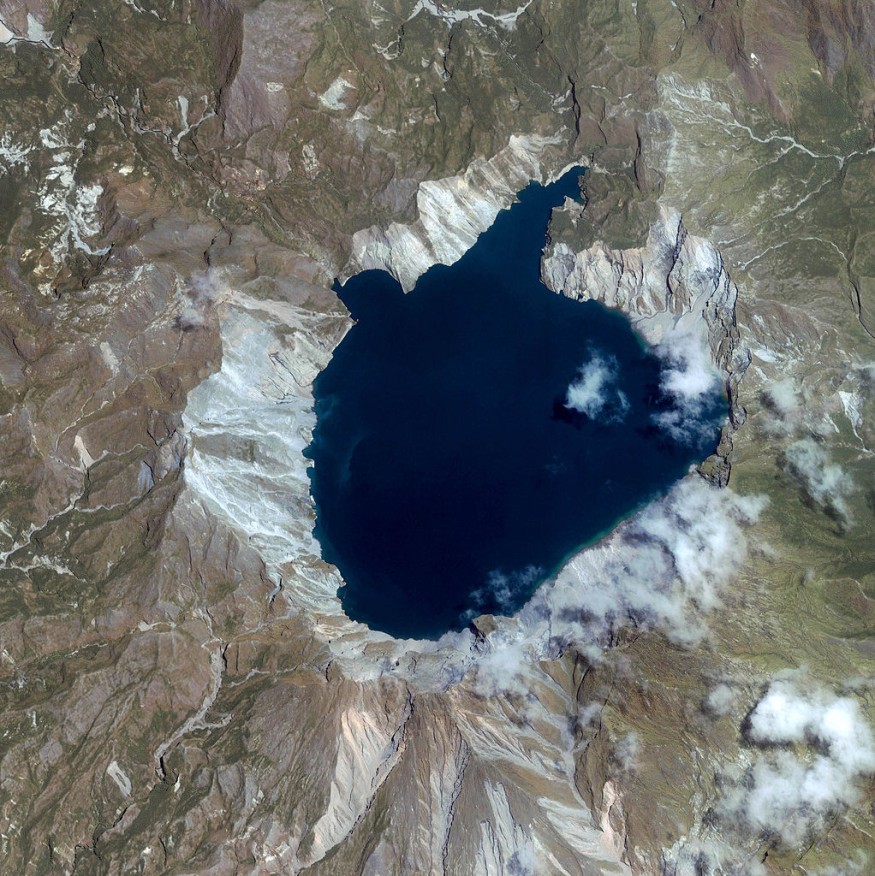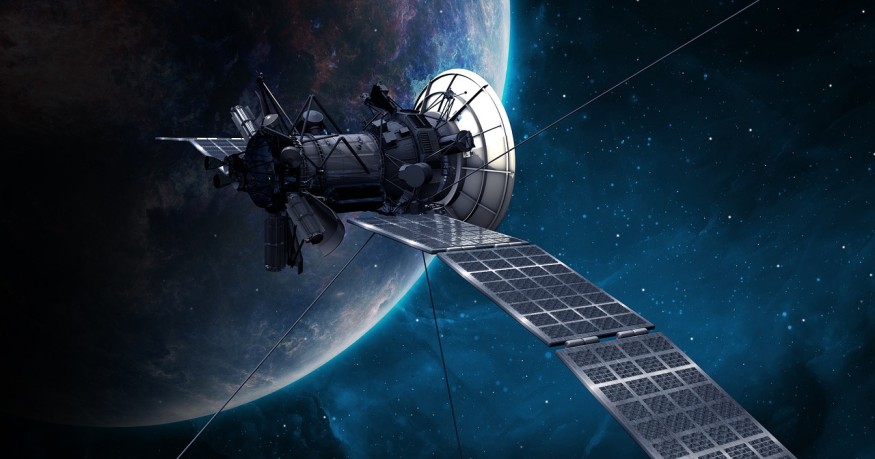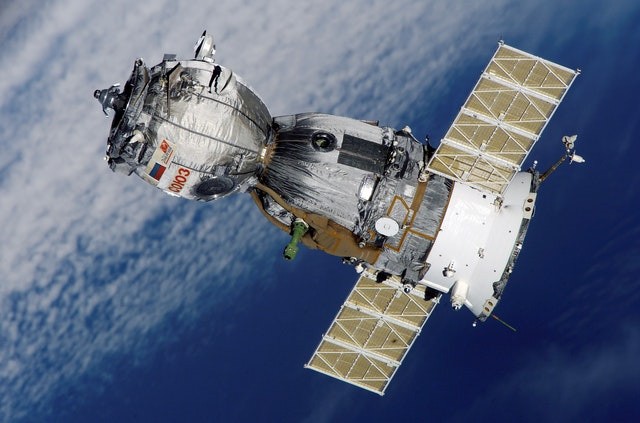NASA has unveiled new prototype equipment that it thinks will aid in the forecasting of volcanic eruptions. The sensor, the smallest space-based device dedicated to detecting gases like sulfur dioxide and nitrogen dioxide that can be precursors of volcanic activity, will weigh just 13 pounds and have the best resolution, NASA stated Tuesday.
A new sensor intends to deliver information on volcanic activity and air quality as quickly as possible via a small satellite, helping to speed up the response to eruptions.

NACHOS
The Nanosat Atmospheric Chemistry Hyperspectral Observation System, or NACHOS, will fly 300 miles (480 kilometers) above Earth and use a hyperspectral imager to survey the ground.
NACHOS was launched into space on the 17th Cygnus cargo resupply mission, which docked at the International Space Station on Monday (Feb. 21); it will be deployed in late May as Cygnus exits the orbiting complex.
The tiny satellite, once operational, might be able to detect chemicals in areas as small as 0.15 square miles (0.4 square kilometers), around the size of the Mall of America in Minnesota. As a result, NACHOS will be the smallest and highest-resolution sensor for searching for gases linked with volcanoes, such as sulfur dioxide, nitrogen dioxide, and other gases.
Paving Way in Spotting Volcanic Eruptions

If everything goes well, NACHOS might pave the way for future Earth-observing systems charged with detecting changes in air quality in tiny areas such as cities, neighborhoods, or power plants, NASA said in a statement on Saturday (Feb. 19).
NACHOS will build on decades of study into using orbit to look for atmospheric trace chemicals used as proxies for natural or human activities. For example, NASA pointed out that nitrogen dioxide is a typical byproduct of fossil fuel combustion that also acts as a trace gas for carbon dioxide, a greenhouse gas that contributes to global warming.
"A dormant volcano that is just waking up may emit SO2 [sulfur dioxide] before there is any detectable seismic activity, giving us a chance to identify a potentially erupting volcano before it blows," said Steve Love, a researcher and task lead with the Department of Energy's Los Alamos National Laboratory's space and remote sensing group.
Future of NACHOS

NACHOS will not only feature an ultracompact hyperspectral imager, but it will also contain algorithms that will cut the size of data transfers and the time it takes to send them back to Earth.
The scientific team claims that these artificial intelligence capabilities will improve decision-makers responses to erupting volcanoes.
After its launch in May 2022, the small satellite is expected to stay in orbit for a year. This year, a second NACHOS experiment will be launched into low-Earth orbit as part of the U.S. NASA cited the Department of Defense's Space Test Program.
For more Space news, don't forget to follow Nature World News!
© 2025 NatureWorldNews.com All rights reserved. Do not reproduce without permission.





